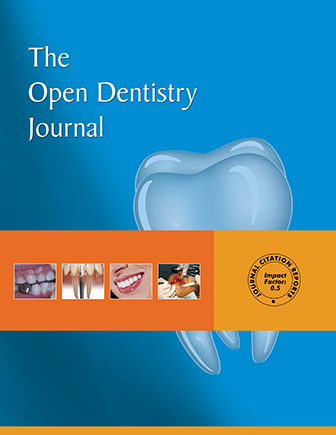Anterior Bite Opening in Adulthood
Abstract
Objectives:
To study anterior bite opening of unknown cause presenting in adulthood regarding prevalence, symptoms of Temporomandibular Dysfunction (TMD) and possible causes of the bite opening.
Methods:
Patients referred to two Orofacial Pain and TMD clinics with the complaint of recent anterior bite opening, presenting in adulthood and of unknown cause, were considered for the study. Patients with systemic rheumatic or neuromuscular diseases, degenerative joint disease, previous fractures of the jaws or orthodontic treatment, were excluded. The clinical examination was according to DC/TMD and extended for the occlusion. Reported symptoms, clinical signs, the occlusion and diagnoses found are presented. According to the information gained from the patient’s history, previous occlusion and appearance, and present signs of parafunction, a possible association with the bite opening was suggested.
Results:
Anterior bite opening was found in 1.6% of the referred patients. Symptoms of tiredness and/or orofacial pain were reported by 62%, headache by 41%, TMJ clicking by 24% and sensitive/tender teeth by 41%. Parafunction or bruxism was reported by 2/3 of the patients. A previous period in life of TMD symptoms, before the bite opening, was reported by 66%. Myalgia and headache associated with TMD were frequently diagnosed. The use of a partial dental splint, tongue pressure and pregnancy were possible causes found for the bite opening.
Conclusion:
Anterior bite opening can occur in adulthood without organic or systemic disease of the TMJ or masticatory muscles, and was frequently associated with muscle TMD symptoms.


